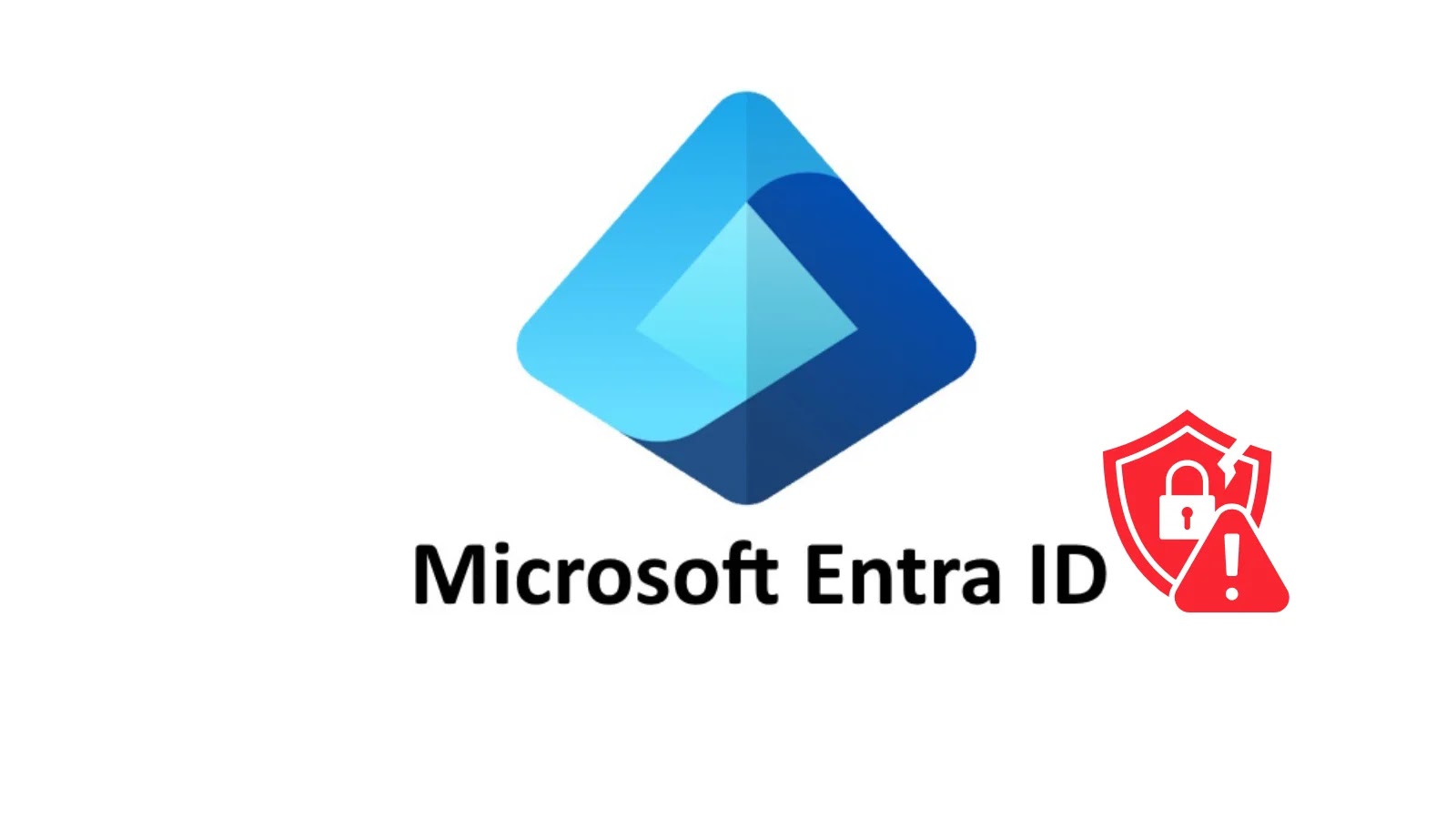
Critical Microsoft’s Entra ID Vulnerability Allows Attackers to Gain Complete Administrative Control
A chilling revelation recently sent ripples through the cybersecurity community: a critical vulnerability within Microsoft’s Entra ID could have granted attackers unfettered administrative control over any tenant in Microsoft’s vast global cloud infrastructure. This isn’t just another security alert; it’s a stark reminder of the delicate balance between convenience and control in modern cloud environments. For IT professionals, security analysts, and developers relying on Microsoft’s ecosystem, understanding the implications and the swift remediation of this particular flaw is paramount.
The Critical Entra ID Vulnerability Explained
In July 2025, security researchers unearthed a severe flaw within Microsoft’s Entra ID, subsequently identified as CVE-2025-55241. This vulnerability, described by its discoverer as potentially the most impactful finding of their career, posed an existential threat to organizations worldwide that leverage Entra ID for identity and access management. The core issue allowed an unauthorized actor to escalate privileges, ultimately achieving complete administrative control over targeted tenants. Such a breach could lead to catastrophic data exfiltration, system compromise, and significant operational disruption across an enterprise.
Entra ID, formerly known as Azure Active Directory, is the backbone of identity services for myriad organizations, managing access to cloud services and on-premises resources. The very nature of this service, its central role in authentication and authorization, makes any vulnerability within it exceptionally dangerous. Complete administrative control would essentially hand over the keys to the kingdom, allowing attackers to create new users, modify permissions, access sensitive data, and even disable security measures.
The Broader Impact of Identity-Related Vulnerabilities
The discovery of CVE-2025-55241 underscores a persistent truth in cybersecurity: identity is the new perimeter. As organizations increasingly adopt cloud-first strategies, the focus of cybercriminals shifts from network perimeters to identity systems. Flaws in services like Microsoft Entra ID represent high-value targets because compromising them provides broad access to an organization’s digital assets, often bypassing layers of network-based security controls.
This particular flaw highlights the importance of continuous security research and disclosure. Microsoft’s prompt action in patching the vulnerability after its discovery is a testament to the collaborative efforts within the cybersecurity community, where researchers and vendors work together to secure digital infrastructure before widespread exploitation can occur.
Remediation Actions and Best Practices
While the specific vulnerability CVE-2025-55241 has been patched by Microsoft, the incident serves as a critical reminder for ongoing vigilance and robust security practices within Entra ID environments. Organizations should:
- Ensure All Systems are Patched: Regularly verify that all Microsoft services and components, especially those related to Entra ID, are updated to the latest versions. Microsoft automatically applies many patches to its cloud infrastructure, but organizations must ensure their connected systems and client-side components are also current.
- Implement Multi-Factor Authentication (MFA): Enforce MFA for all user accounts, especially those with administrative privileges. This adds a crucial layer of security, making it exponentially harder for an attacker to gain access even if they compromise credentials.
- Adopt Least Privilege Principles: Grant users and applications only the minimum necessary permissions to perform their tasks. Regularly review and revoke excessive privileges.
- Monitor Audit Logs: Continuously monitor Entra ID audit logs for suspicious activities, such as unusual sign-in attempts, privilege escalations, or modifications to critical configurations.
- Conduct Regular Security Audits: Perform periodic security assessments and penetration tests of your Entra ID configuration to identify potential weaknesses.
Tools for Entra ID Security and Monitoring
Proactive security for Microsoft Entra ID environments involves a combination of native tools and third-party solutions. Here’s a look at some essential tools:
| Tool Name | Purpose | Link |
|---|---|---|
| Azure AD Connect Health | Monitors identity synchronization, sign-ins, and agent health. Essential for insight into identity infrastructure. | Microsoft Docs |
| Microsoft Entra ID Protection | Detects and remediates identity-based risks, including suspicious user behavior and compromised credentials. | Microsoft Docs |
| Microsoft Sentinel | (SIEM/SOAR) Provides intelligent security analytics across the enterprise, including real-time threat detection and response for Entra ID. | Azure.microsoft.com |
| Prowler | Open-source tool for AWS, Azure, and Google Cloud security best practices assessments, including identity configurations. | GitHub |
Key Takeaways
The discovery and subsequent patching of CVE-2025-55241 in Microsoft Entra ID serves as a crucial case study in modern cloud security. It highlights the critical importance of robust identity and access management, the continuous efforts of security researchers, and the necessity for organizations to remain ever-vigilant. While the immediate threat from this specific vulnerability has been neutralized, the underlying principle remains: securing identities within increasingly complex cloud environments is a continuous, proactive endeavor requiring careful configuration, diligent monitoring, and adherence to security best practices.





